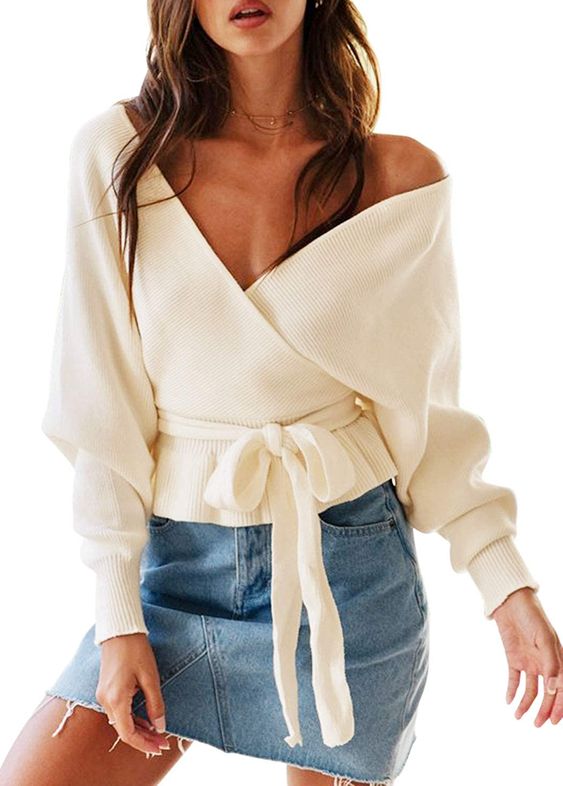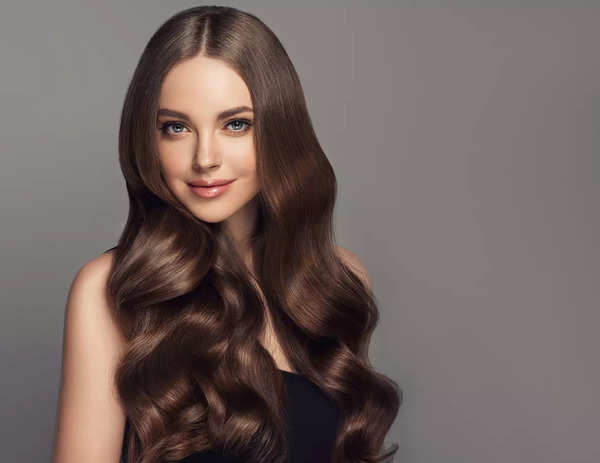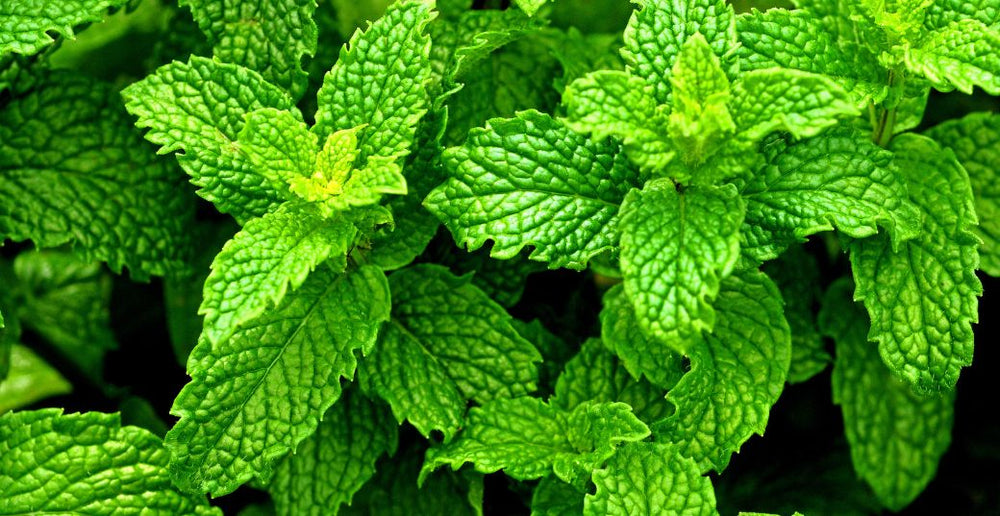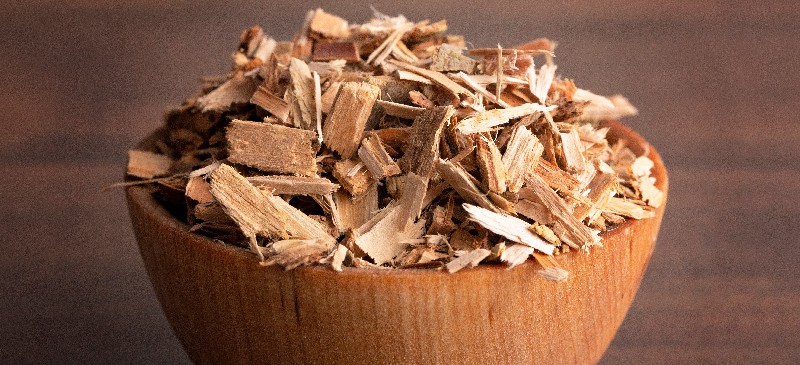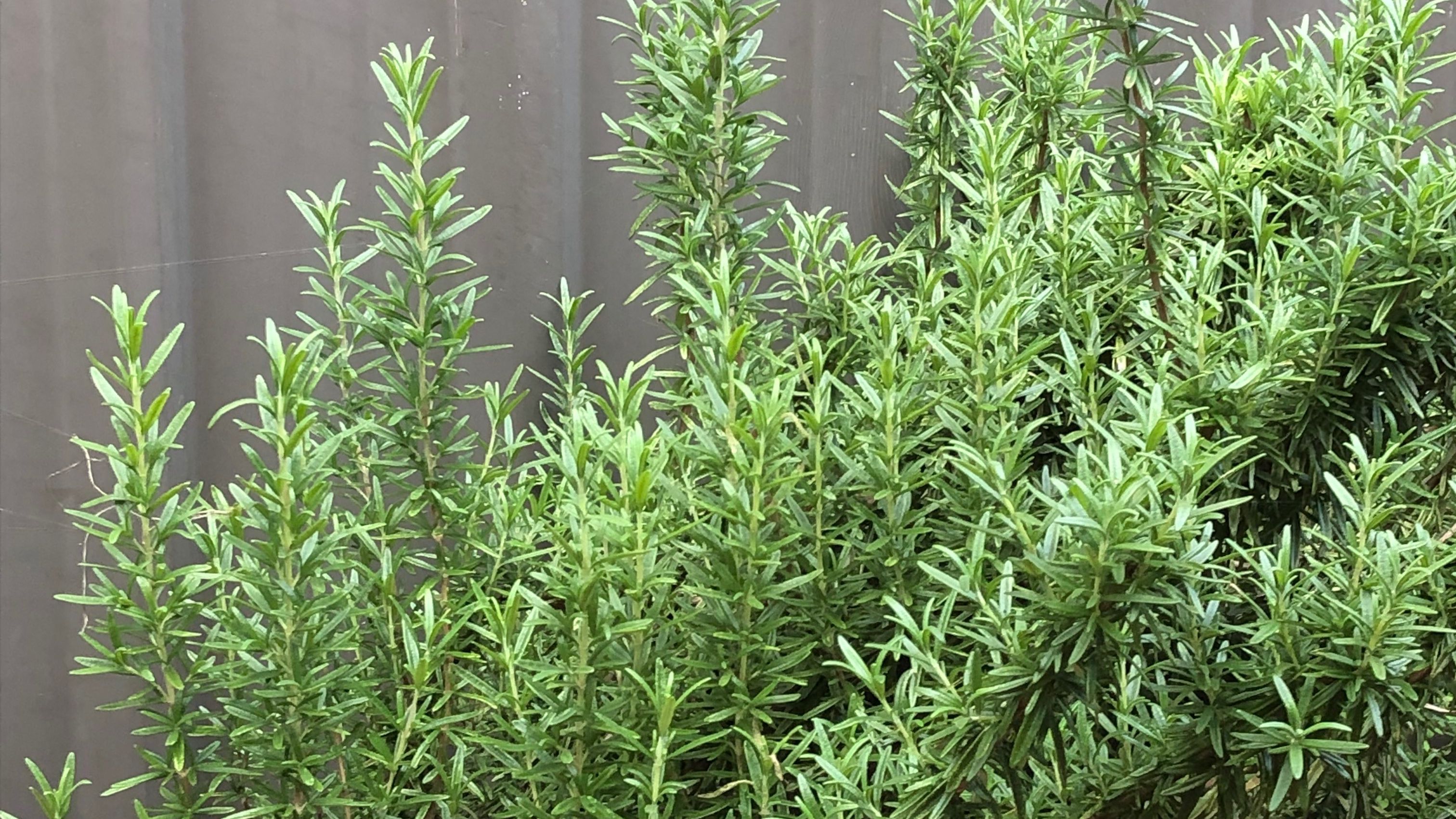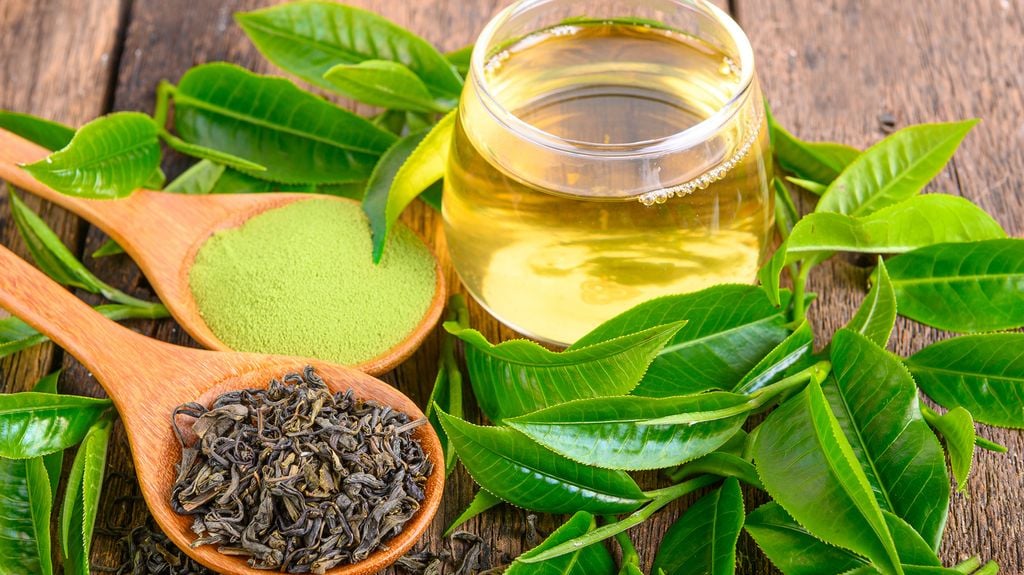Before we dive into the quiz, let’s first explore the concept of Style Essences.
So, what exactly is a style essence? It’s a visible expression of your inner self, combined with the natural lines of your clothing. It reflects your unique “vibe”—the way you perceive the world—and how that influences your outward appearance, interactions, and behavior.
Here’s a brief history of how the concept of style essences came to be and evolved over time:
In the 1980s, David Kibbe introduced the idea in his book Metamorphosis, where he defined 5 primary essence families:
- Dramatic
- Natural
- Classic
- Gamine
- Romantic
Later, Harriet McJimsey expanded on this by blending the yin/yang balance within these families, identifying 6 main archetypes: Dramatic, Athletic, Classic, Romantic, Gamine, and Ingenue.
John Kitchener further developed the idea by introducing a 7th essence: the Angelic, also known as the Ethereal.
For this quiz, we’ll be using all 7 style essences, as they offer a modern, comprehensive reflection of the most common essences today.
WHY IS IT IMPORTANT TO KNOW YOUR STYLE ESSENCE?
Kitchener’s style essences are a way to enhance and complement your Kibbe Body Type by aligning your clothing choices with your natural essence. This helps you better understand your personal style and image, allowing you to express your most authentic self and feel more comfortable with your daily wardrobe.
Style essences take into account traits that are more “felt” than explained—subtle qualities that resonate with who you are.
It’s important to remember that this isn’t about beauty. It’s about finding clothing that feels harmonious and naturally aligned with you.
As you go through the quiz, think about which types of clothing don’t feel like “you” and which ones seem disconnected from your overall vibe.
7 STYLE ESSENCES QUIZ (KITCHENER)
what color palette do you like the most?
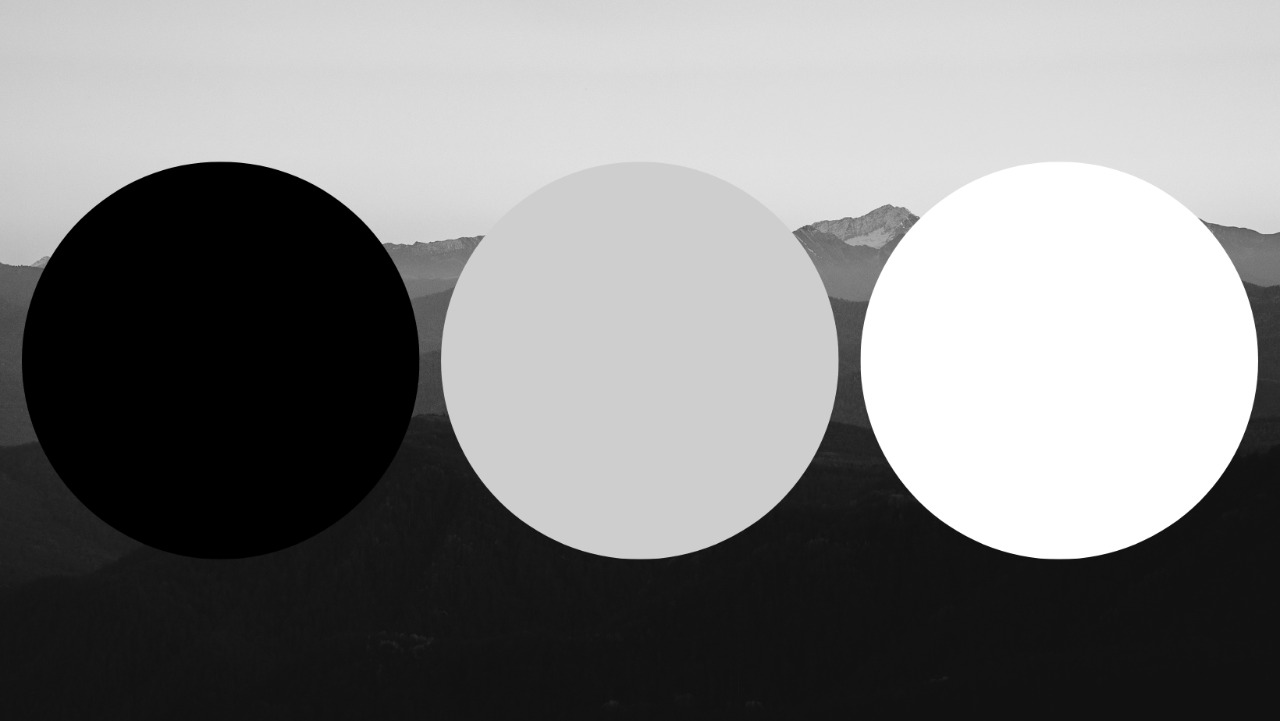
A) Black – Gray – White
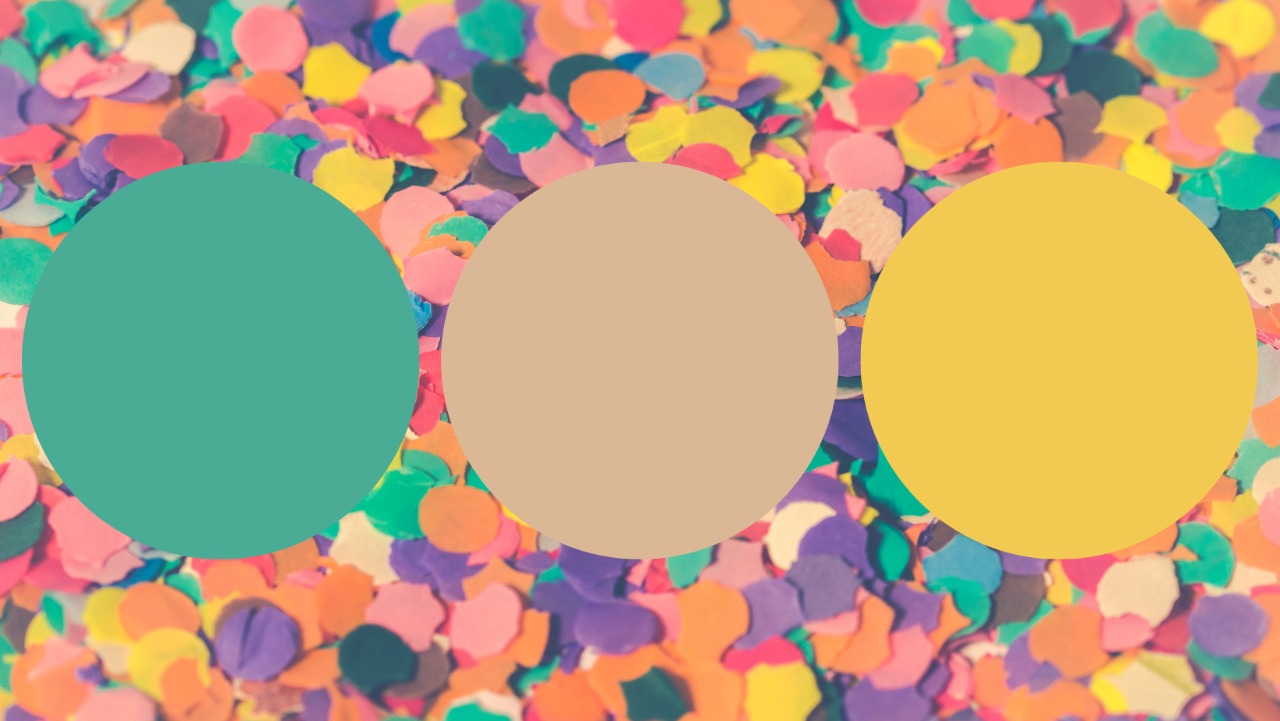
B) Aqua – Beige – Yellow
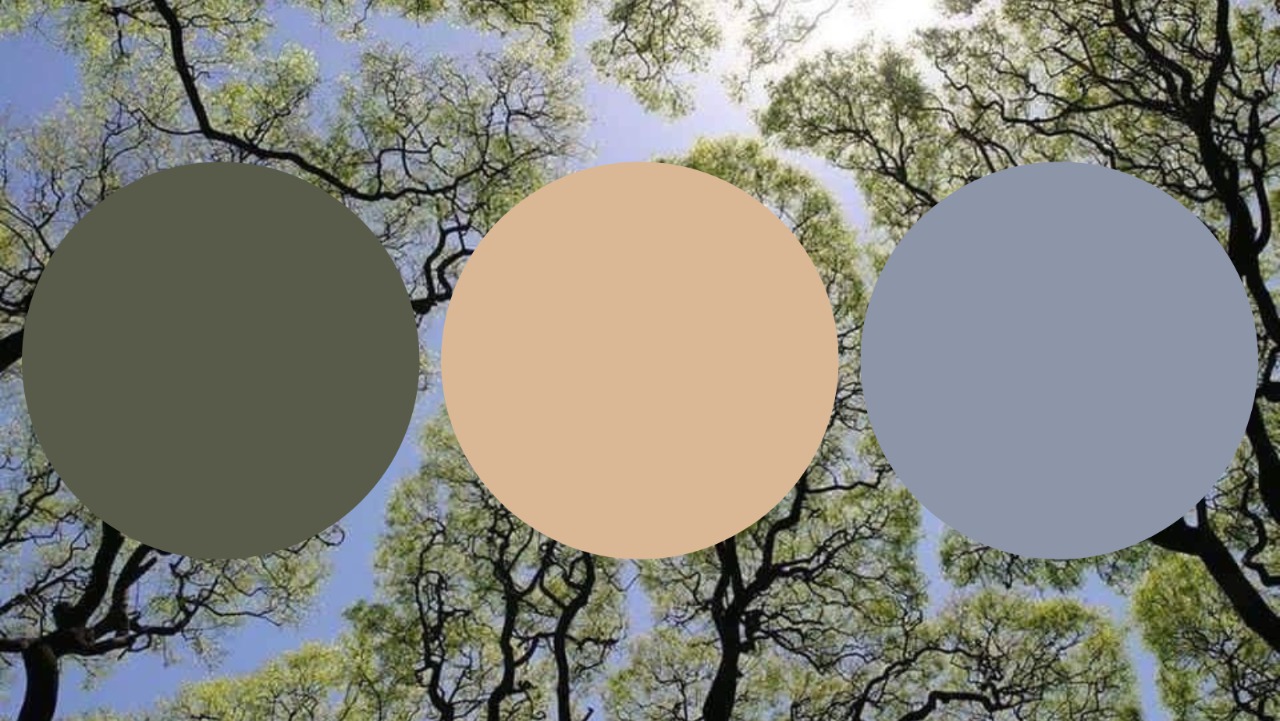
C) Green – Brown – Blue
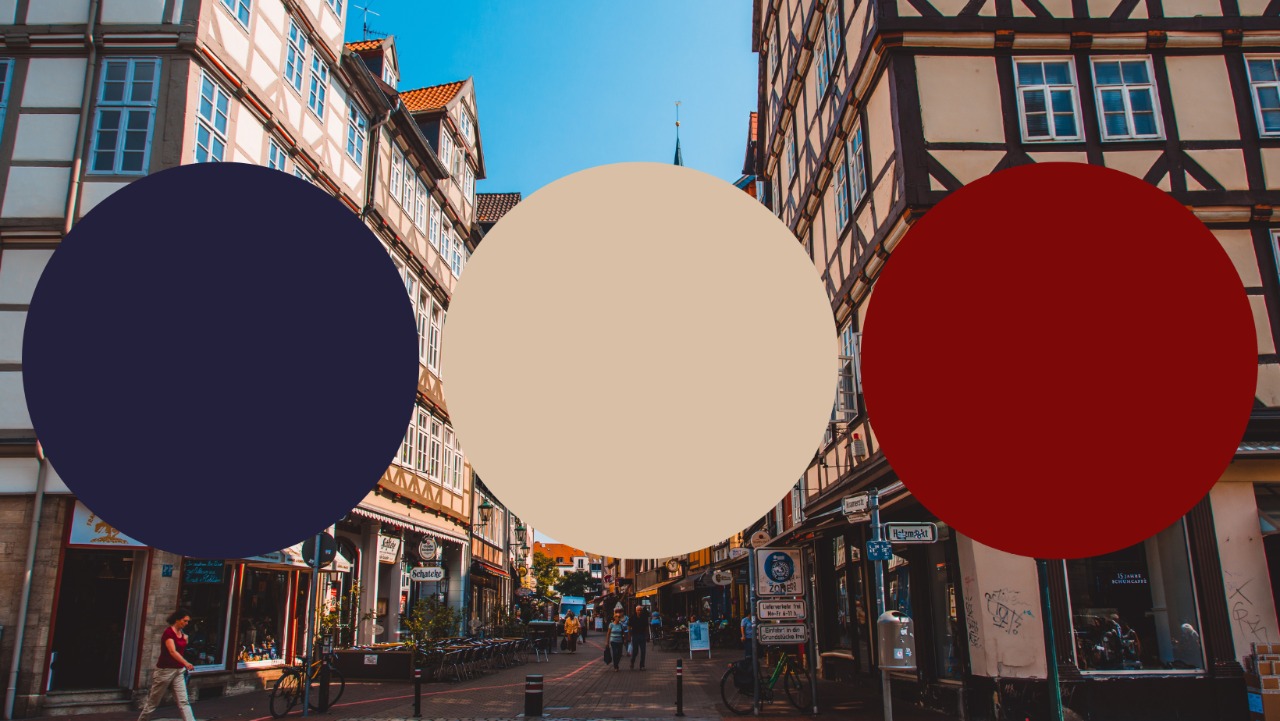
D) Navy Blue – Beige – Wine
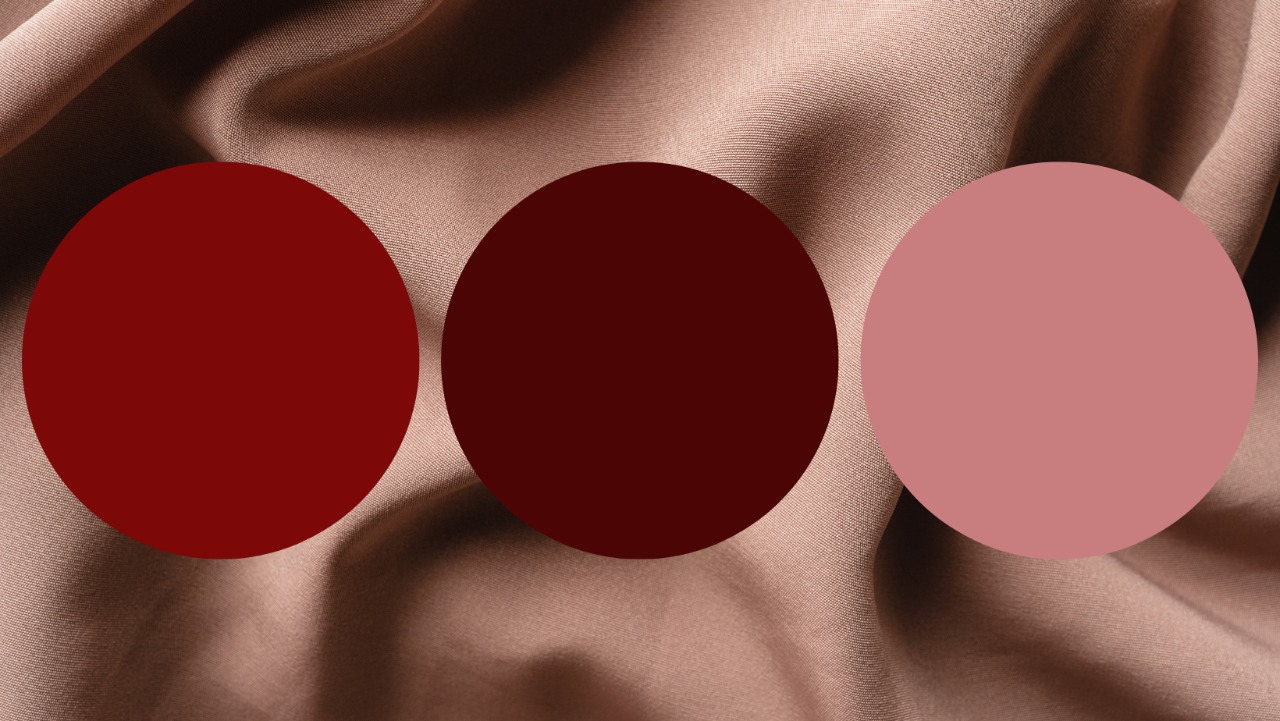
E) Red – Maroon – Pink
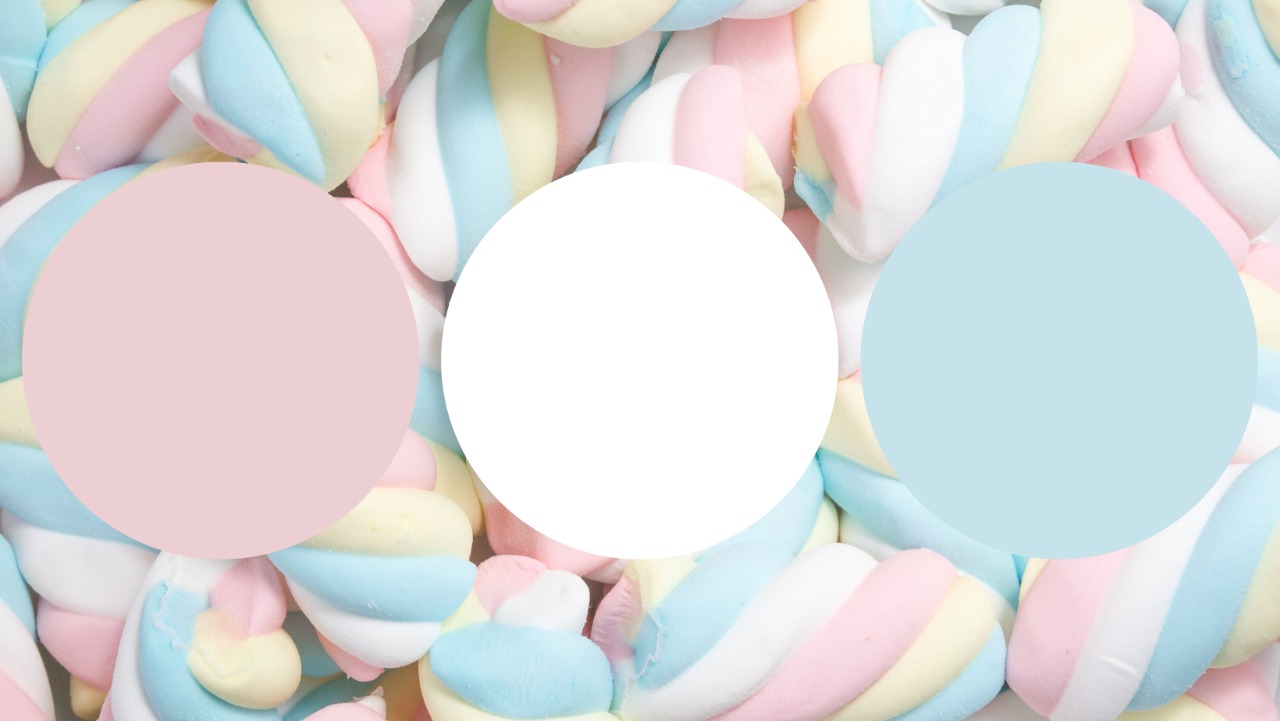
F) Light Pink – White – Blue
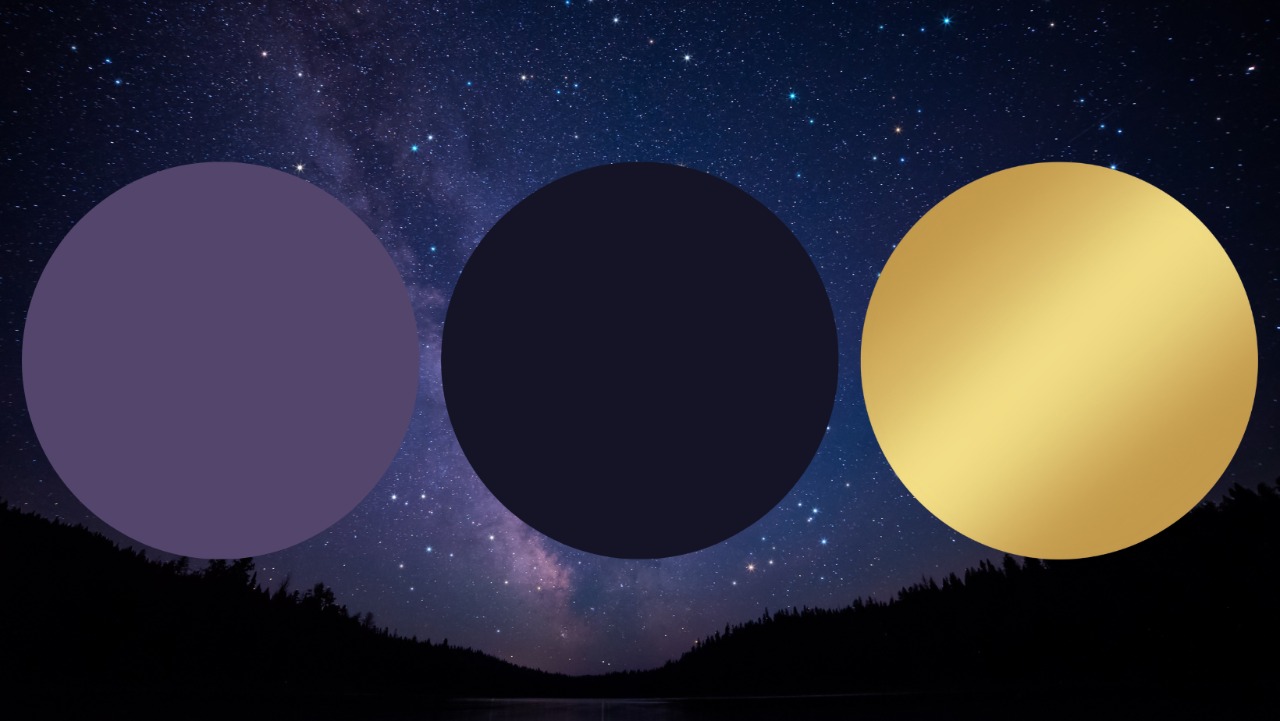
G) Purple – Dark Blue – Golden
what is your kibbe body type?
A) Dramatic
D) Dramatic Classic – Soft Classic
B) Flamboyant Gamine
E) Romantic – Theatrical Romantic – Soft Dramatic
C) Natural – Flamboyant Natural – Soft Natural
F) Soft Gamine
If you don’t know what your Kibbe Body Type is, you can start by doing the Kibbe Quiz first.
if you could describe yourself with one of these pictures, what would it be?
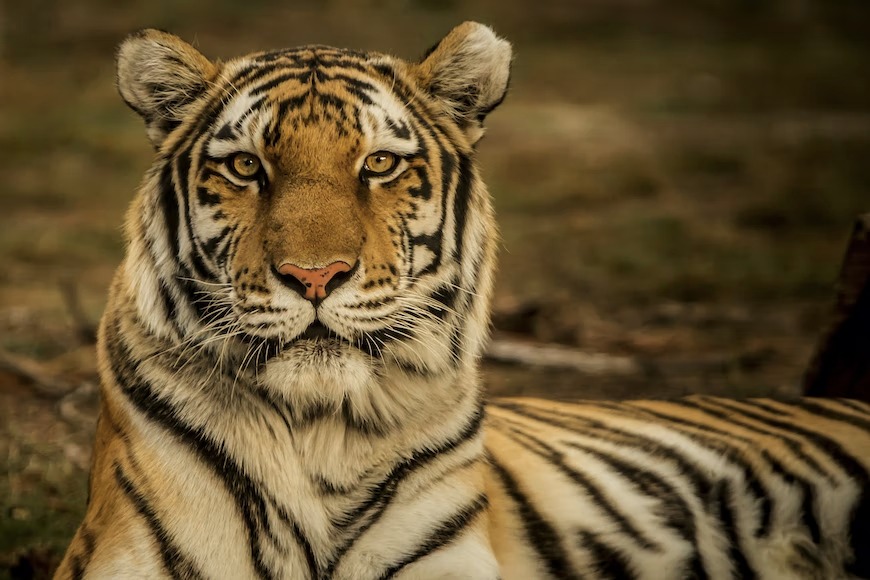
A)
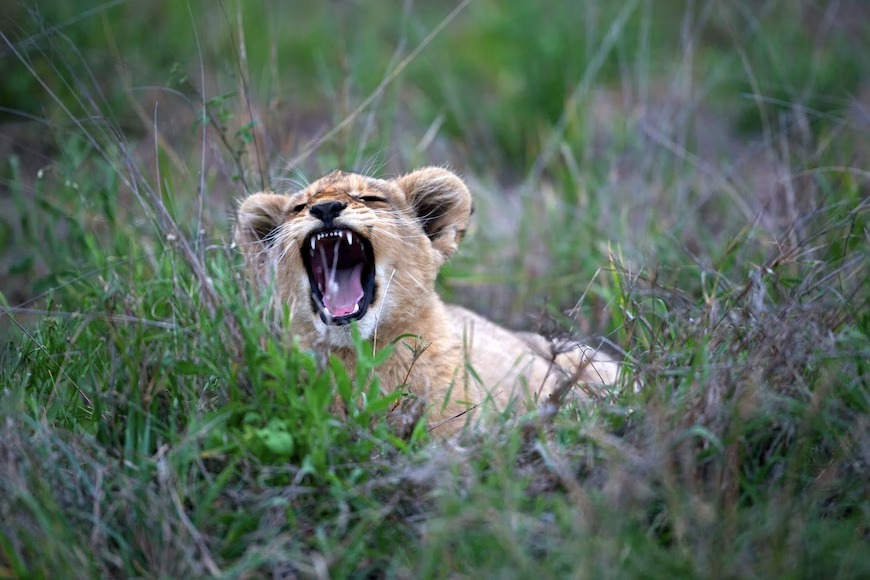
B)

C)

D)

E)
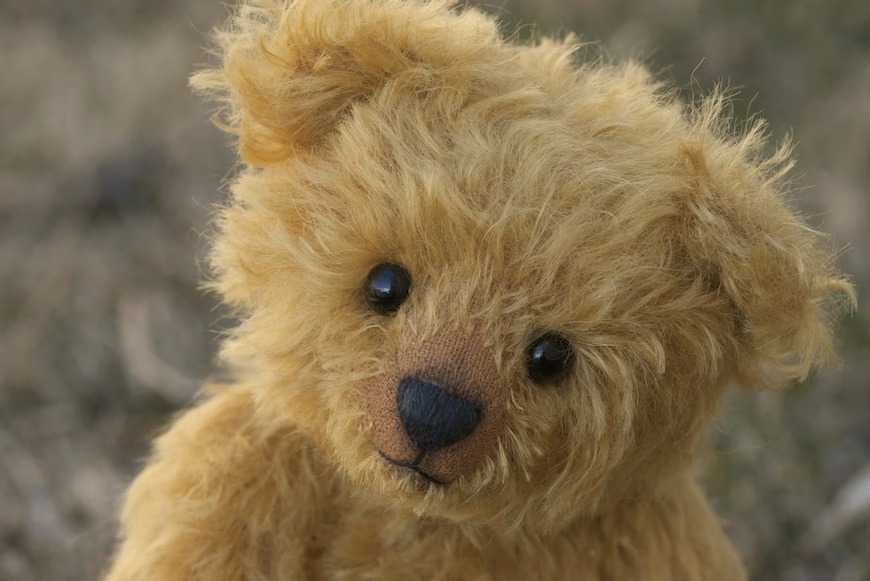
F)

G)
in a fictional movie, what character would you play?
A) The Villain
D) The queen
G) The mermaid
B) The superheroe
E) The Mistress
C) The cool market vendor
F) The Princess
what is your personality style?

A) Urban
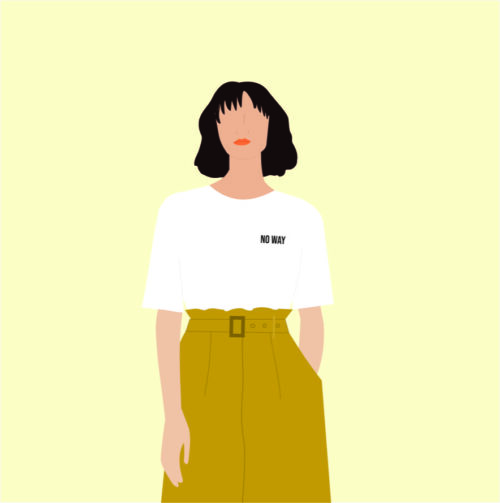
B) Creative

C) Boho or Sporty
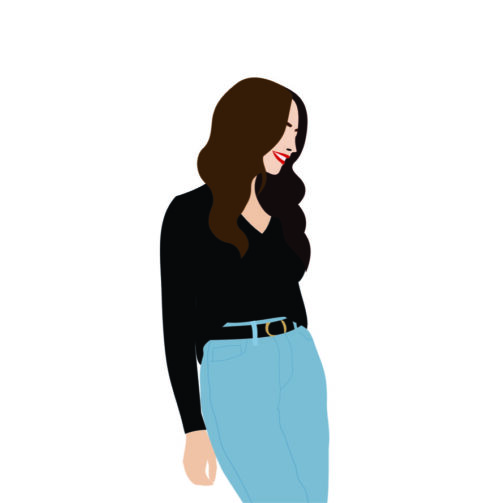
D) Classic
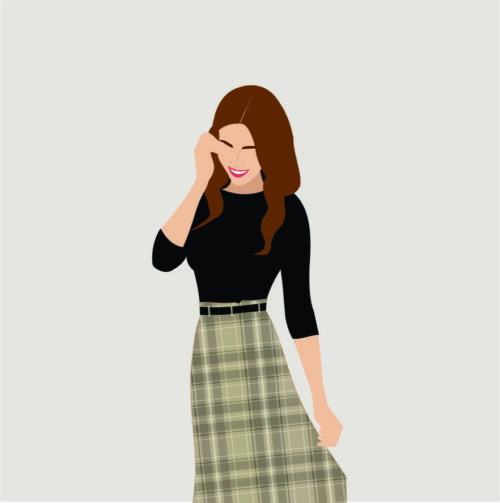
E) Vintage
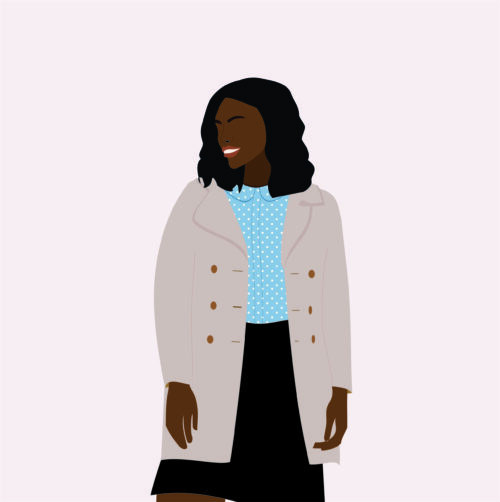
F) Romantic or Preppy

G) Natural
If you’re unsure of your Personality Style, we suggest taking the QUIZ first. Alternatively, you can choose the one you feel most connected to.
how much contrast do you have? (between your natural hair, eyebrows, eye color and your skin)
*Write down all the letters of your response.

A) B) E) High Contrast
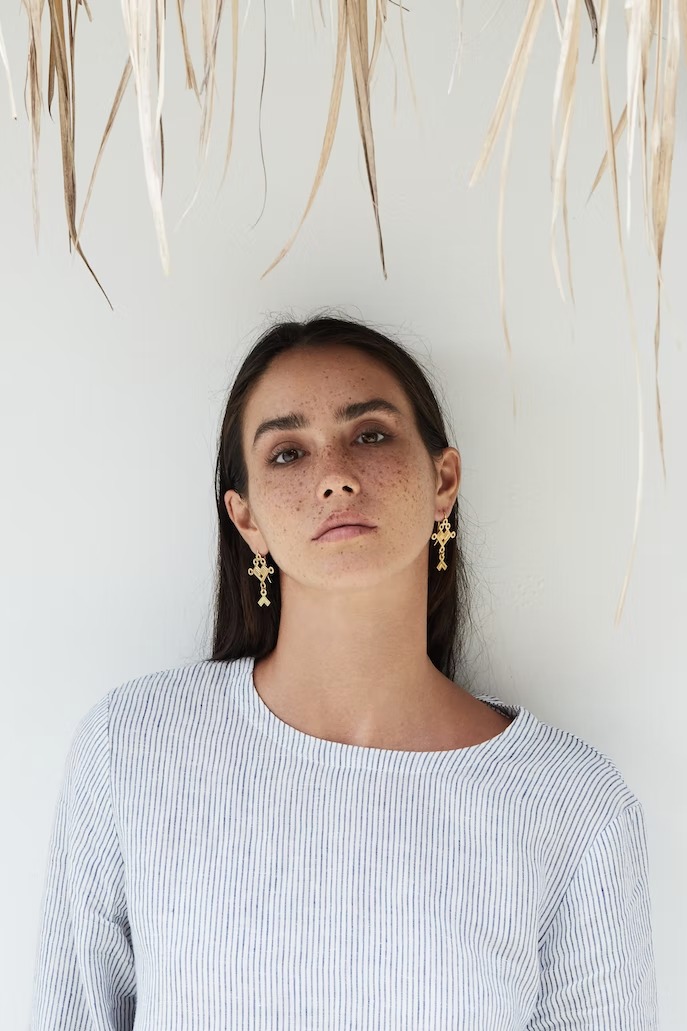
D) F) Medium Contrast
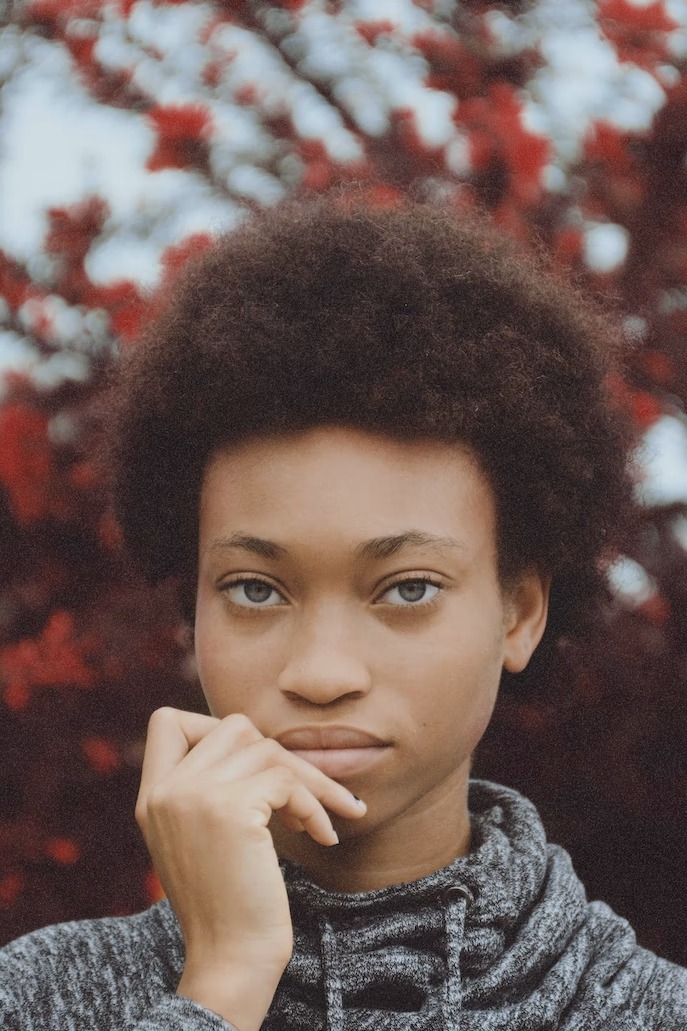
C) G) Low Contrast
how would you describe yourself?
A) Jazzy, confident, and bold.
D) Formal, traditional, tidy, elegant, and timeless.
G) Unique, an old soul, interesting, and a dreamer.
B) Charismatic, rebellious, original, and peculiar.
E) Mature, attractive, feminine, and glamorous.
C) Laid-back, relaxed, simple and practical.
F) Innocent, cute, feminine, and pretty.
what is the perception others have of you?
A) I’m usually perceived as a tall, intimidating person (even if i’m not).
D) People perceive me as someone who they should respect.
G) Others perceive me as mysterious.
B) Others usually perceive me younger than my actual age.
E) People see that I’m very confident in my body (even when I have insecurities, others think I don’t).
C) I’m usually perceived as strong (physically) and approachable.
F) I’m usually perceived as delicate and harmless.
are you an introvert or extrovert?
Write down all the letters of your response.
D) F) G) Introvert
C) E) Ambivert
A) B) Extrovert
choose a nightgown to wear for a gala
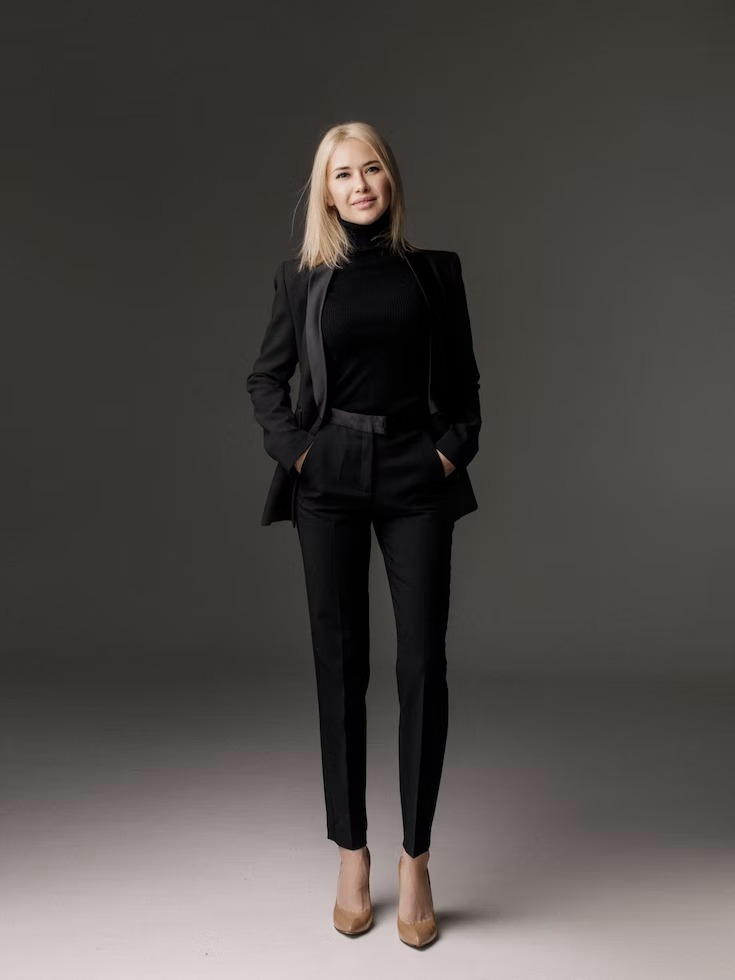
A)
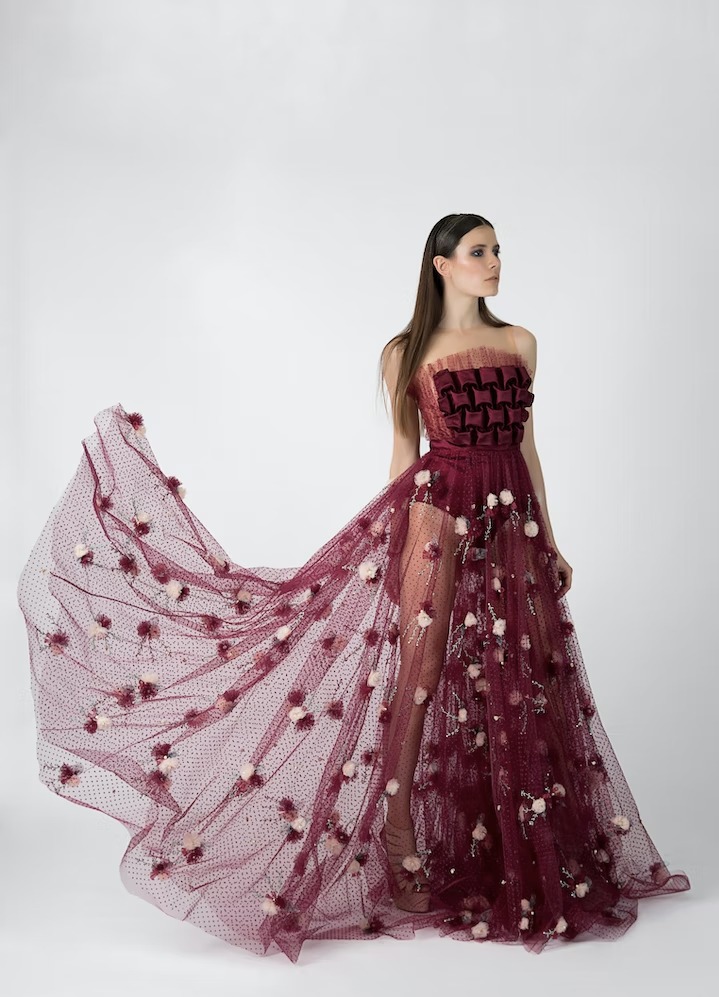
B)
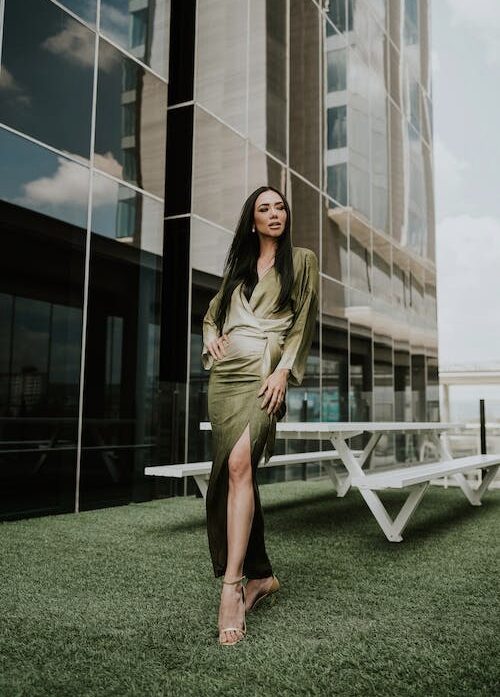
C)
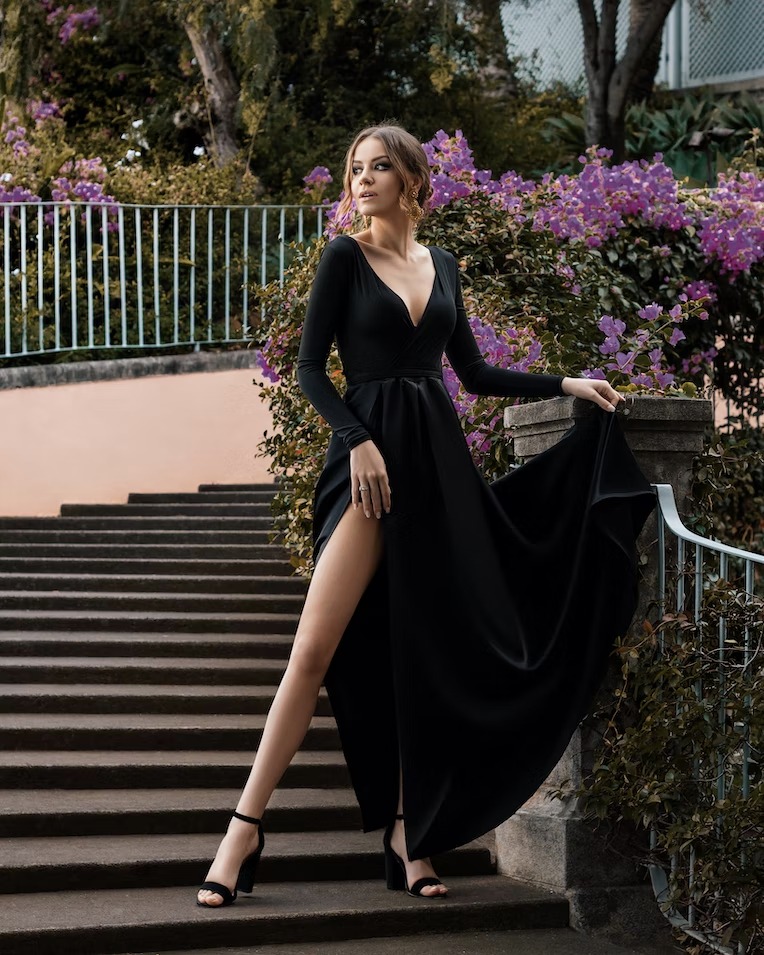
D)

E)

F)
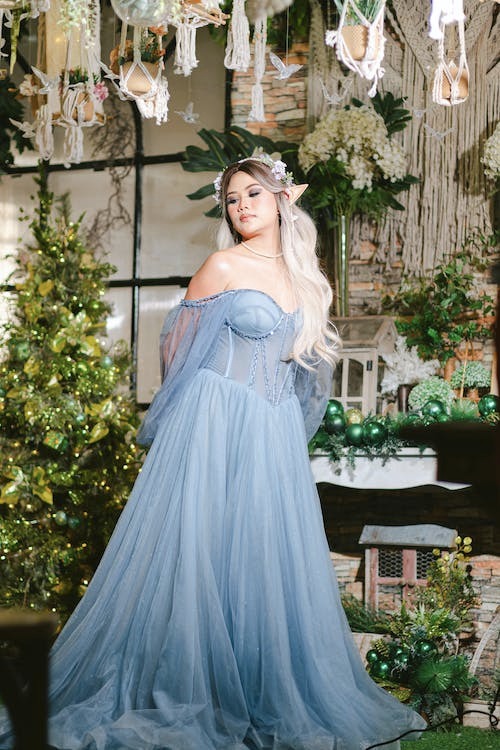
G)
what would you rather do on a friday night?
A) I would go out and check the new place for myself to see if it’s good.
D) Spend time practicing my hobbies.
G) I would throw a one person dance party.
B) Have people over for dinner and boardgames.
E) Take the night off to pamper myself, take a long warm bath and put on a face mask.
C) Depending on the mood, I would stay home or do something chill with my friends.
F) Stay home reading a book, continue my knitting project, and a cup of tea. The cozier the better.
how does your room looks like?
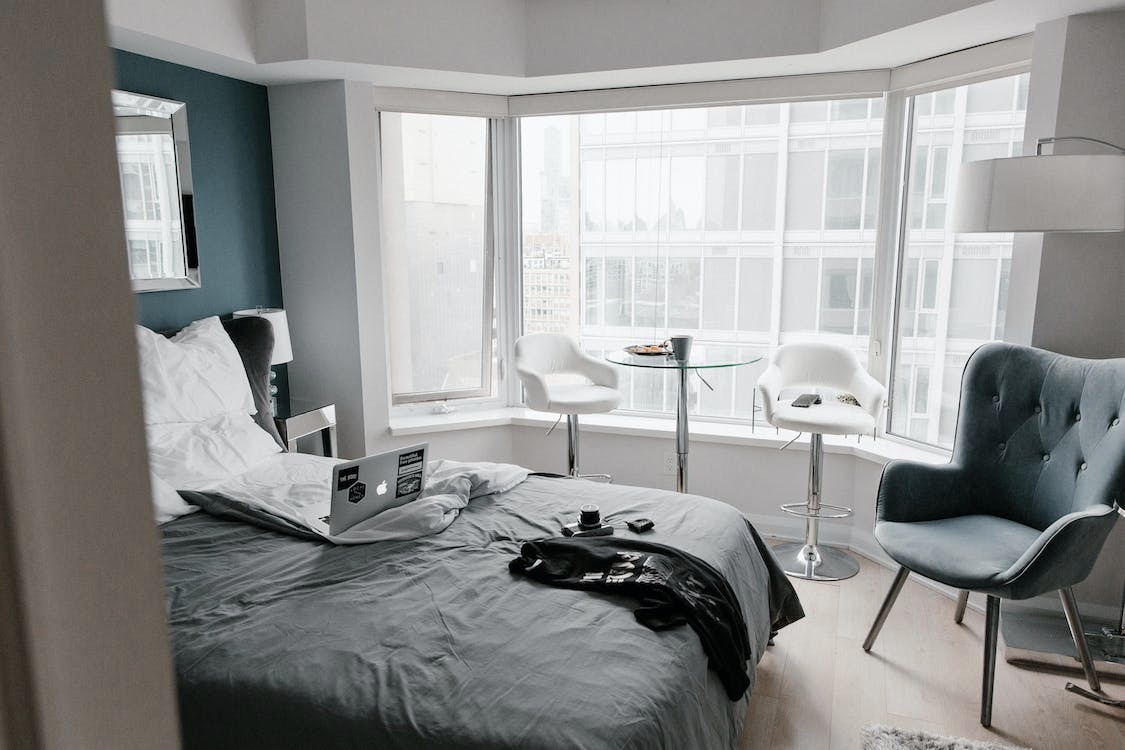
A)
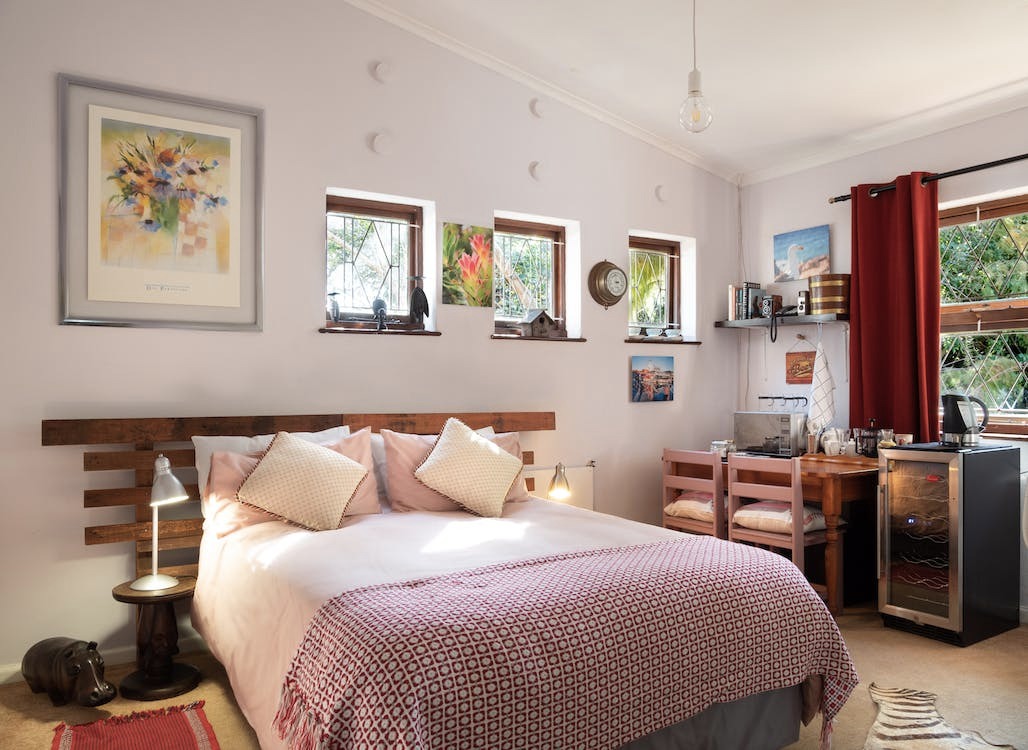
B)
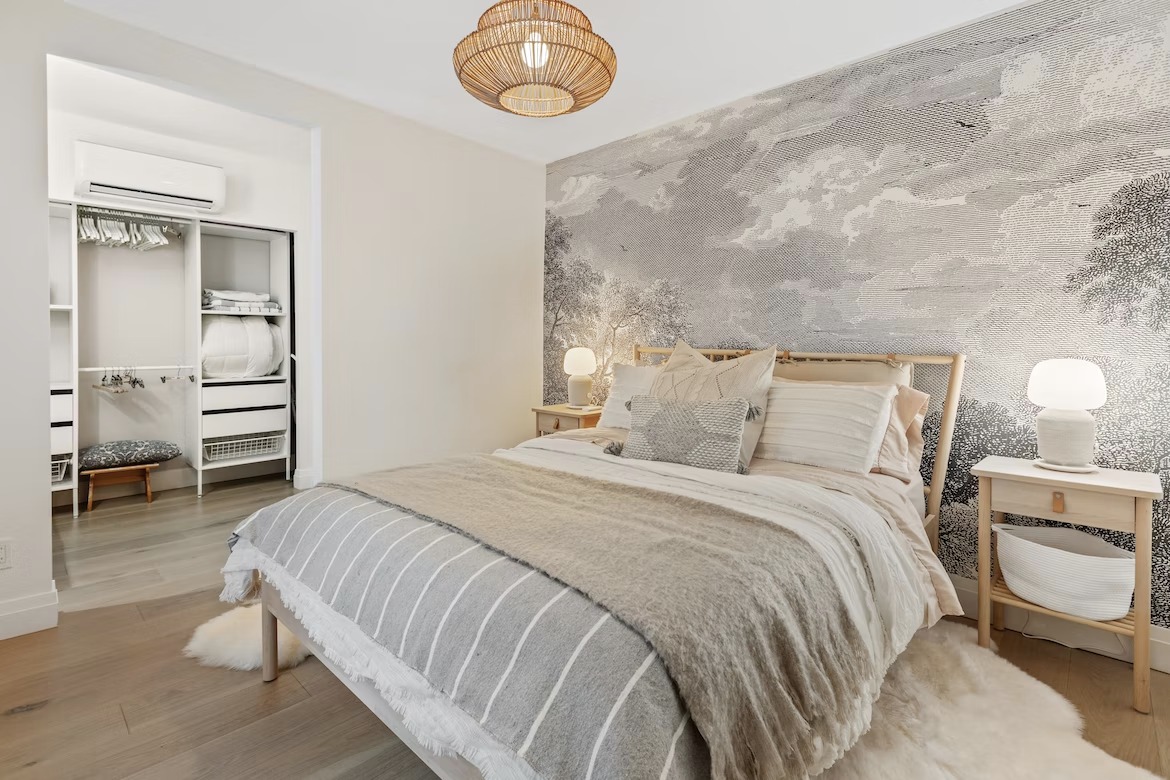
C)

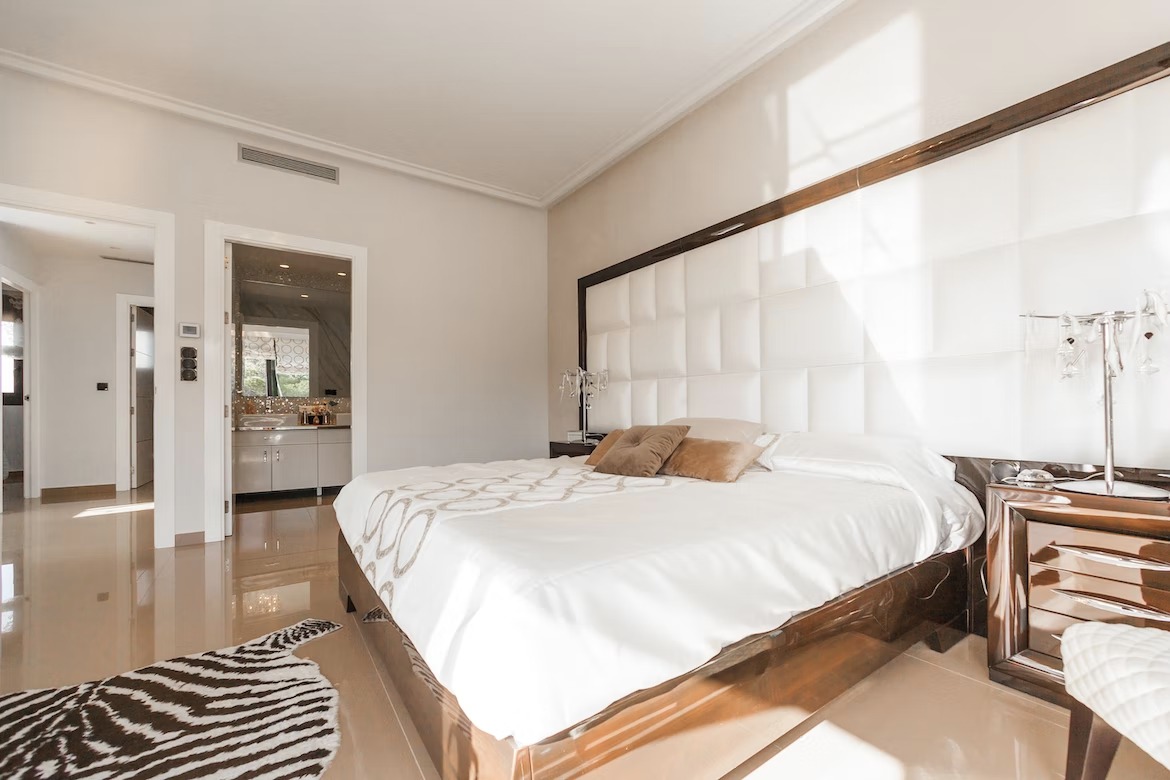
E)
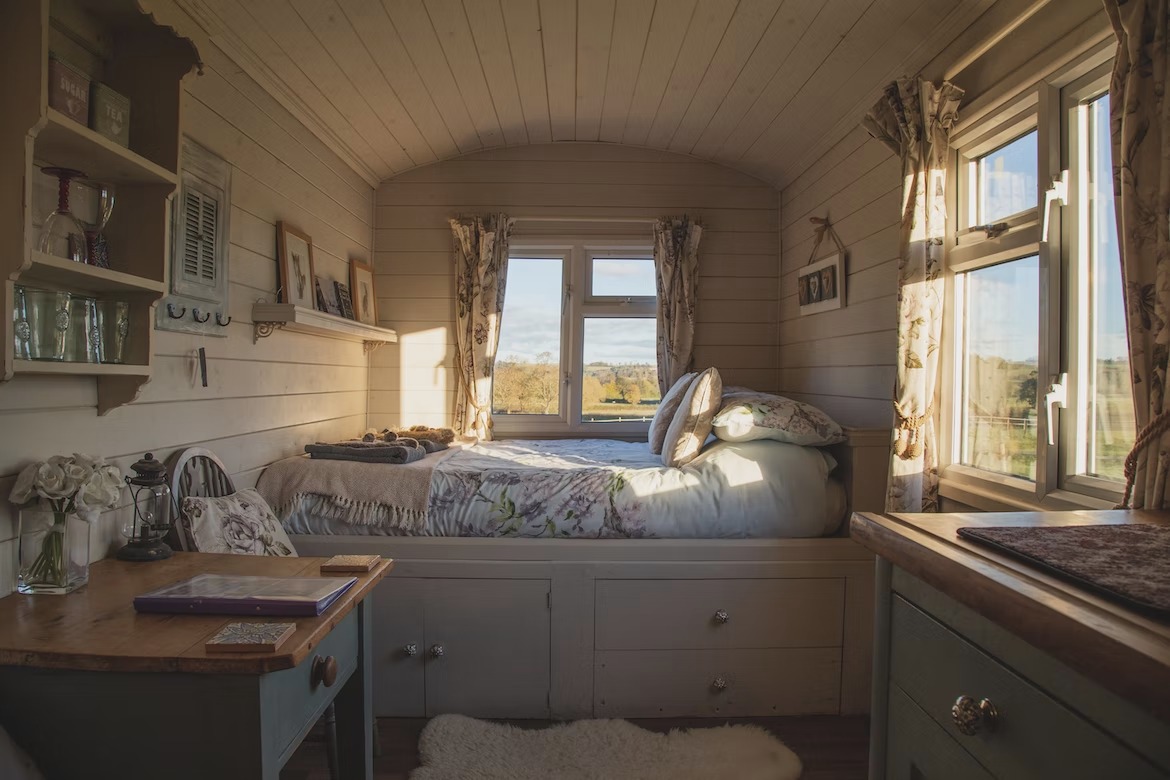
F)
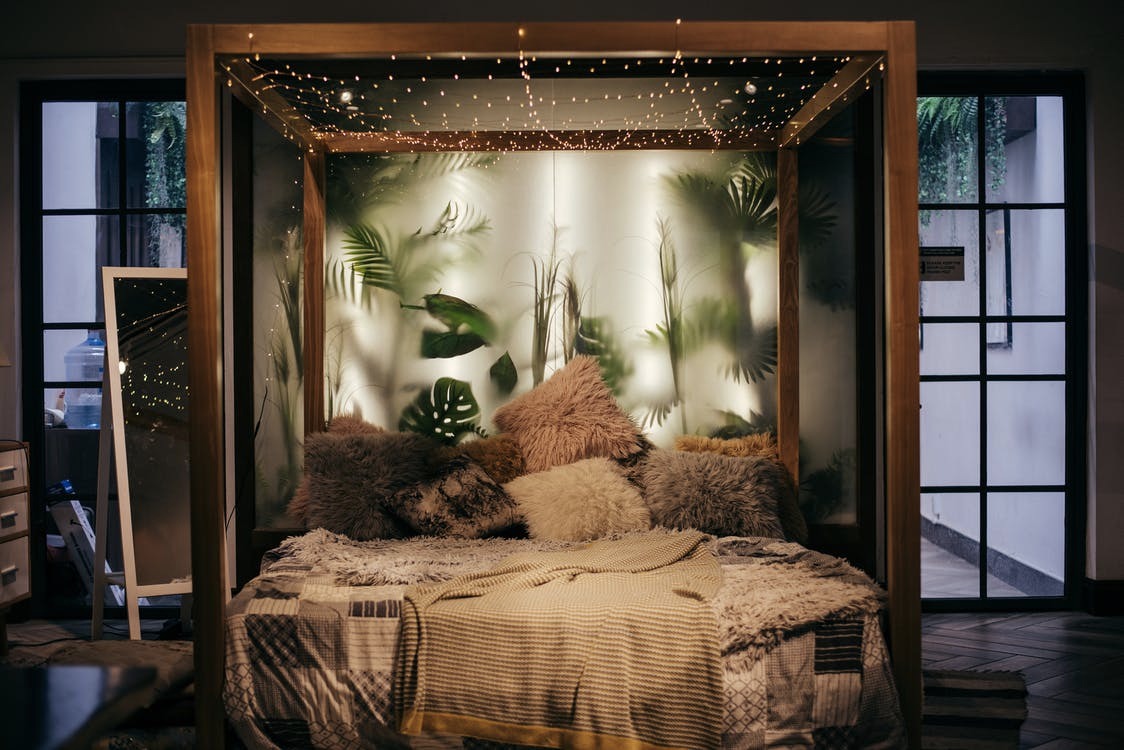
G)
how do people react when they are near you?
A) They are intimidated by me.
D) They usually take me seriously and respect me.
G) They might be curious about me or treat me like I’m weird (I probably am).
B) They find me interesting and always have something to ask.
E) People either feel threatened by me or find me attractive.
C) I guess they are mostly nice to me and don’t mind being themselves around me.
F) People smile at me and always are willing to help me. Sometimes I’m treated like a kid.
results!
Count the repeated letters to identify your main essence, which is likely the most frequent. The next two most common letters represent your complementary essences. For instance, if you have 5 B’s, 4 E’s, and 2 C’s, you would be a Gamine with Ingenue and a touch of Natural.
Here’s how to incorporate them into your style:
Main Essence: This serves as the foundation of your entire outfit.
Stronger Complementary Essence: Include one garment that reflects this essence.
Lower Complementary Essence: Use accessories to represent this essence.
Dramatic – mostly a (Dramatic Essence Guide)
Gamine – mostly b (Gamine Essence Guide)
Natural – mostly c (Natural Essence Guide)
Classic – mostly d (Classic Essence Guide)
Romantic – mostly e (Romantic Essence Guide)
Ingenue – mostly f (Ingenue Essence Guide)
Angelic – mostly g (Angelic Essence Guide)

